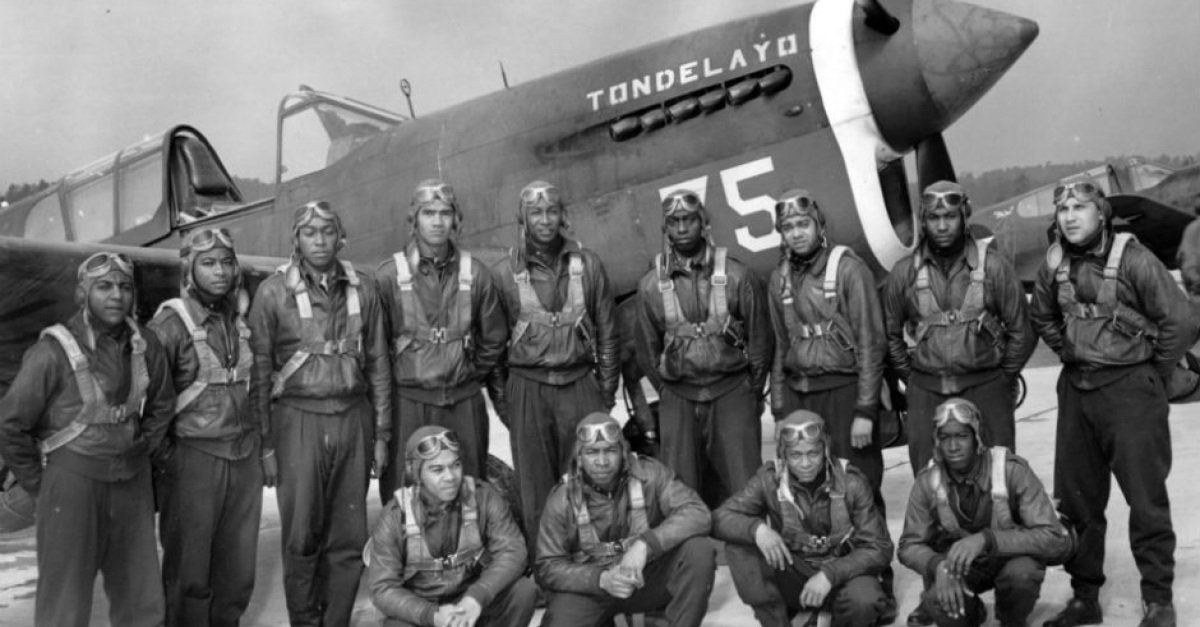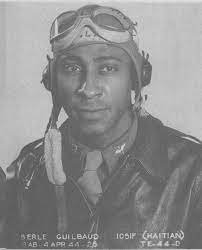THE HAITIAN TUSKEGEE AIRMEN
It would be years before the accomplishments of the Tuskegee Airmen would be acknowledged
In 1942, Haitian President Élie Lescot implemented an aviation corps program, the U.S. government needed the Haitians to organize a patrol of the Caribbean Sea during World War II and gave the Haitian government six airplanes. These airplanes could carry bombs and could be used to attack German submarines within that area.
The first three men (Raymond Cassagnol, Alix Pasquet, and Philippe Célestin) left Port-au-Prince in February of 1943 for Alabama (Via Puerto Rico, via Miami via Jacksonville), and had to ride in a Blacks-Only transportation or had to sit in the back of trains, as blatant segregation was in full swing in those days, something they were totally
Photo 1943 of Left to Right: Raymond Cassagnol, Philippe Célestin, and Alix Pasquet at training grounds in Alabama
unaccustomed to in Haiti. Cassagnol would later write in his autobiography Mémoires d’un Révolutionaire that he avoided going off the Tuskegee Army Training Field and off the campus, because he couldn’t stand to be made to feel inferior, and the humiliation that came with it.
The Afro American, one of the most popular and widely circulated black newspapers of the time, even had a feature story on the men in its April 10, 1943 issue. In it, it was revealed that Pasquet and Célestin were graduates of their native land’s Ecole Militaire D’Haiti, and were already officers, while Cassagnol had worked as a mechanic for the Haitian Airforce.
Shortly after Cassagnol’s graduation, three more Haitian pilots were recruited from Haiti: Sergeant/Lieutenant Ludovic Audant and Sergeant/Lieutenant Nicolas Pelissier and Eberle Guilbaud. We cannot confirm Philippe Célestin graduated from advanced flight training at Tuskegee Army Air Field.
We know that at least 5 pilots went for training at the Tuskegee Institute, and most of them were in the Haitian Army or Airforce.
It would be years before the accomplishments of the Tuskegee Airmen would be acknowledged. Raymond Cassagnol, who would become the only surviving of the Haitian Tuskegee Airmen, was a special guest at the inauguration of US President Barack Obama in 2009. Decades before, he had been honored for his contributions to World War II as a Tuskegee Airman in Italy, and years later his achievements were recognized by the USA as were that of Eberle Guilbaud and Alix Pasquet. Pasquet’s son accepted his award on behalf of his late father.
Above Left to right: Alix Pasquet, Eberle J. Guilbaud, and Raymond Cassagnol






